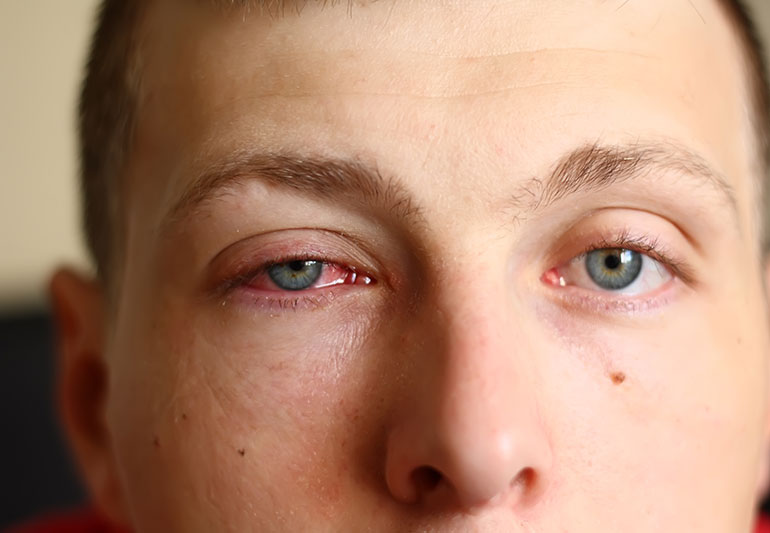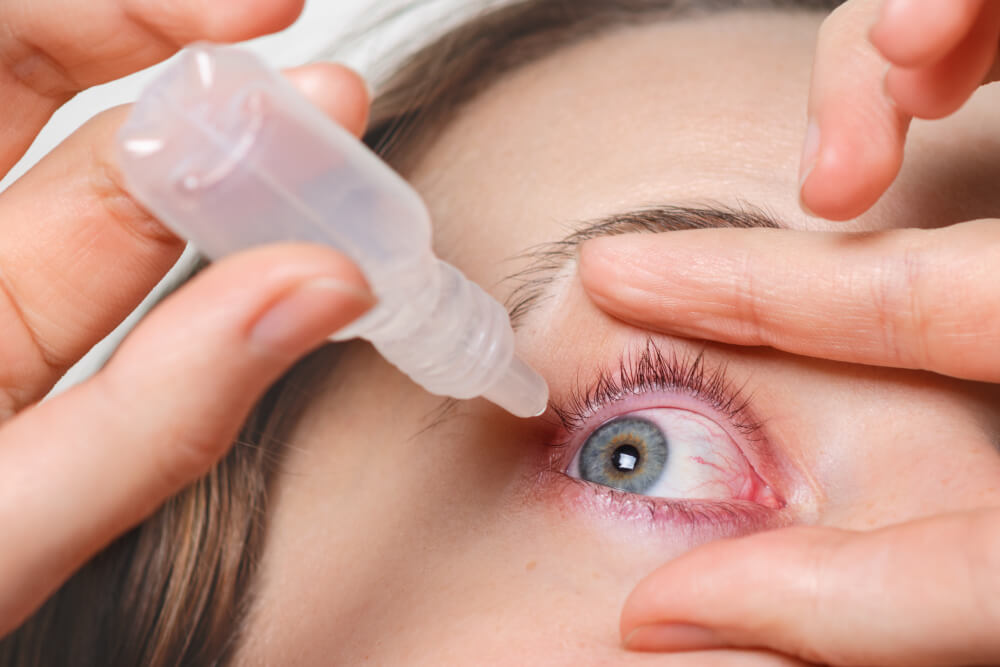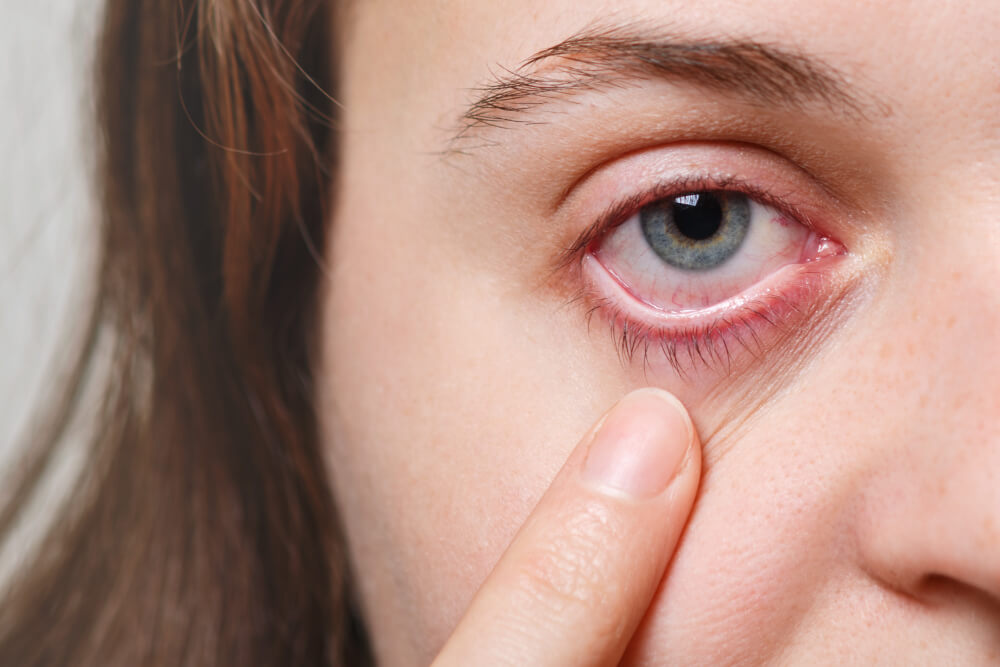Pink Eye (Conjunctivitis): Understanding Symptoms, Causes, and Treatment Options
Pink eye, also known medically as conjunctivitis, is a common eye condition characterized by inflammation of the conjunctiva, the thin membrane that covers the white part of your eye and lines your eyelids. This inflammation causes the blood vessels in the conjunctiva to become dilated, giving the eye its characteristic pink or reddish appearance.
While pink eye can be alarming, it’s usually harmless and resolves on its own within a few days to weeks. However, knowing the different types, symptoms, and treatment options can help you find relief and prevent the spread of the infection.

Understanding the Different Types of Pink Eye
Several factors can trigger pink eye, leading to different types with varying causes and treatment approaches. Here are the three most common types:
Viral Conjunctivitis:
- Cause: Highly contagious and typically associated with common cold viruses like adenovirus.
- Symptoms: Redness, watery discharge, scratchy feeling, mild swelling of the eyelids, and sometimes, sore throat or runny nose.
- Treatment: No specific treatment exists, as the virus usually runs its course within 7-14 days. Practicing good hygiene and using artificial tears can help manage symptoms.
Bacterial Conjunctivitis:
- Cause: Caused by bacteria like Staphylococcus aureus.
- Symptoms: Redness, thick, pus-like discharge that crusts over the eyelashes upon waking, feeling like something is stuck in your eye, and mild swelling of the eyelids.
- Treatment: Requires antibiotic eye drops or ointments prescribed by a doctor. Early diagnosis and treatment are crucial to prevent complications and the spread of infection.
Allergic Conjunctivitis:
- Cause: Triggered by allergens like pollen, dust mites, pet dander, or smoke.
- Symptoms: Itchy, watery eyes, redness, burning sensation, and puffy eyelids.
- Treatment: Over-the-counter antihistamine eye drops or oral medications can help alleviate symptoms. Identifying and avoiding the allergen is crucial for long-term management.
Recognizing Pink Eye Symptoms
While the type of pink eye can affect the specific symptoms, some common signs and symptoms that you might experience include:
- Redness: The most characteristic sign of pink eye, ranging from mild to bright red.
- Discharge: Watery, clear discharge in viral cases, and thick, pus-like discharge in bacterial cases.
- Itchiness: A common symptom, especially in allergic conjunctivitis.
- Gritty feeling: Often described as having sand or something stuck in your eye.
- Increased sensitivity to light: Light may feel uncomfortable or cause squinting.
- Swollen eyelids: May occur in some cases, particularly with bacterial conjunctivitis.
When to Seek Medical Attention for Pink Eye
While most cases of pink eye are mild and resolve on their own, it’s crucial to seek medical attention in certain situations:
- Symptoms worsen or persist for more than a week.
- Severe pain, vision changes, or sensitivity to light.
- Discharge changes color or becomes thicker and greenish.
- Symptoms appear in a newborn or immunocompromised individual.
- Sudden onset of pink eye accompanied by a fever or earache.
Treatment Options for Pink Eye

Treatment for pink eye depends on the underlying cause:
Viral Conjunctivitis:
- No specific treatment: Focus on managing symptoms with:
- Warm compresses: Apply a warm, damp washcloth to your closed eyes for 10-15 minutes, several times a day.
- Artificial tears: Lubricate your eyes with over-the-counter lubricating eye drops to relieve dryness and irritation.
- Pain relievers: Over-the-counter pain relievers like ibuprofen or acetaminophen may help manage mild discomfort.
Bacterial Conjuntibilis:
- Antibiotic eye drops or ointments: Prescribed by a doctor to combat the bacterial infection.
- Follow the doctor’s instructions strictly, completing the entire course of medication even if symptoms improve.
Allergic Conjunctivitis:
- Over-the-counter antihistamine eye drops or oral medications: These help alleviate symptoms like itching and redness.
- Identify and avoid the allergen: If possible, pinpoint the allergen triggering your symptoms and avoid exposure to prevent recurrence.
Preventing the Spread of Pink Eye
Pink eye, especially viral and bacterial types, can be highly contagious. Here are some essential steps to prevent the spread of pink eye:
- Frequent handwashing: Wash your hands thoroughly and frequently with soap and water, especially after touching your eyes or caring for someone with pink eye.


